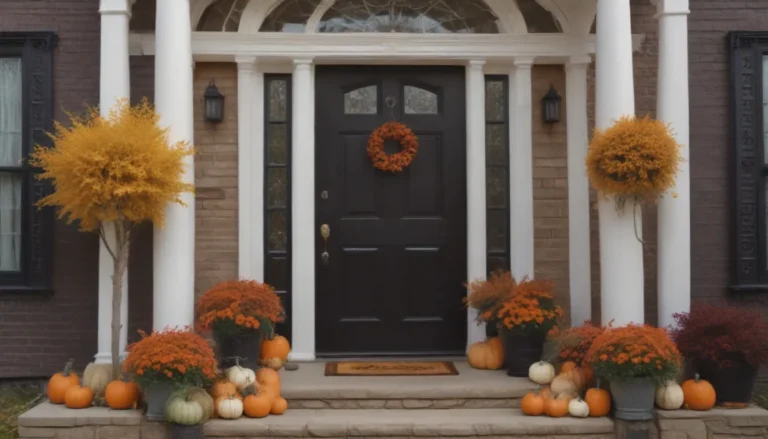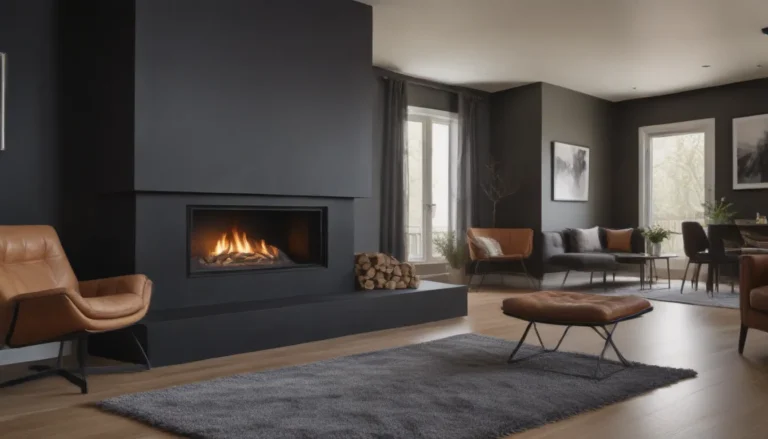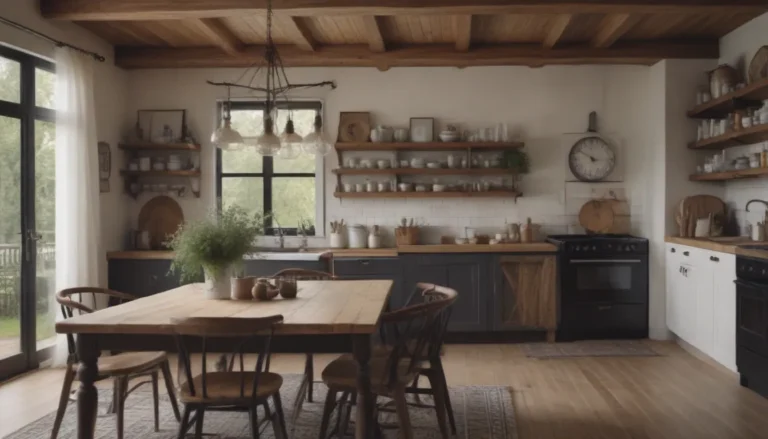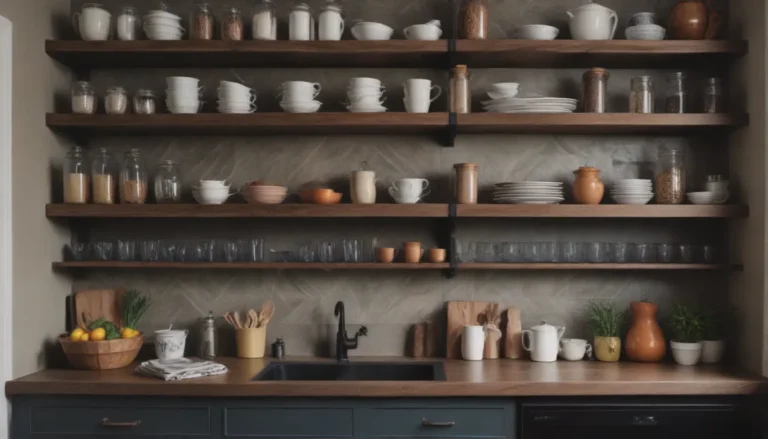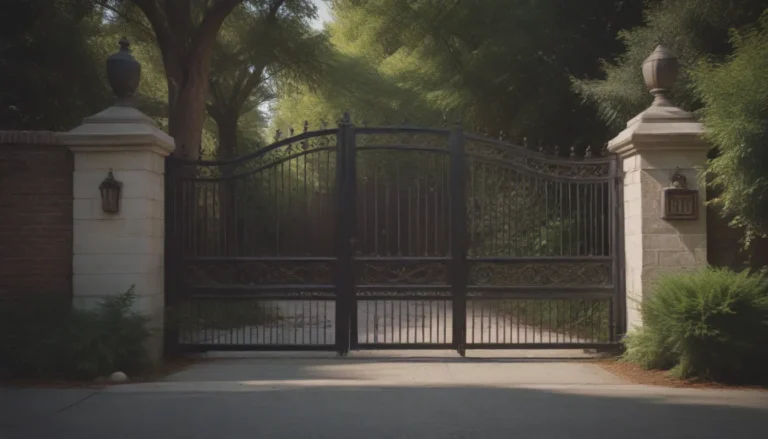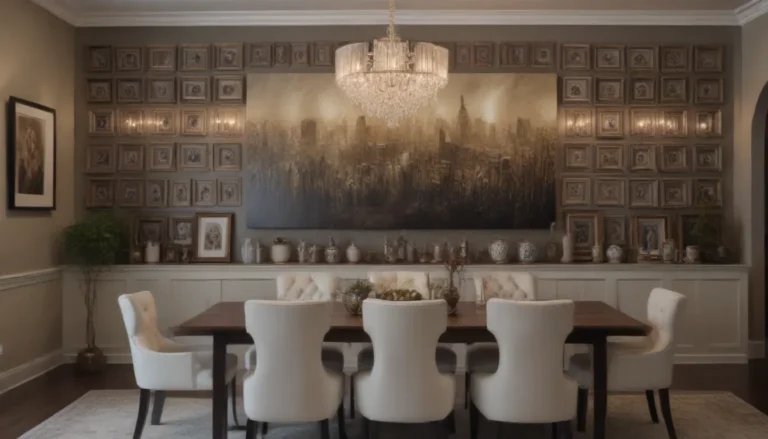Exploring the Beauty of Midcentury Modern Architecture
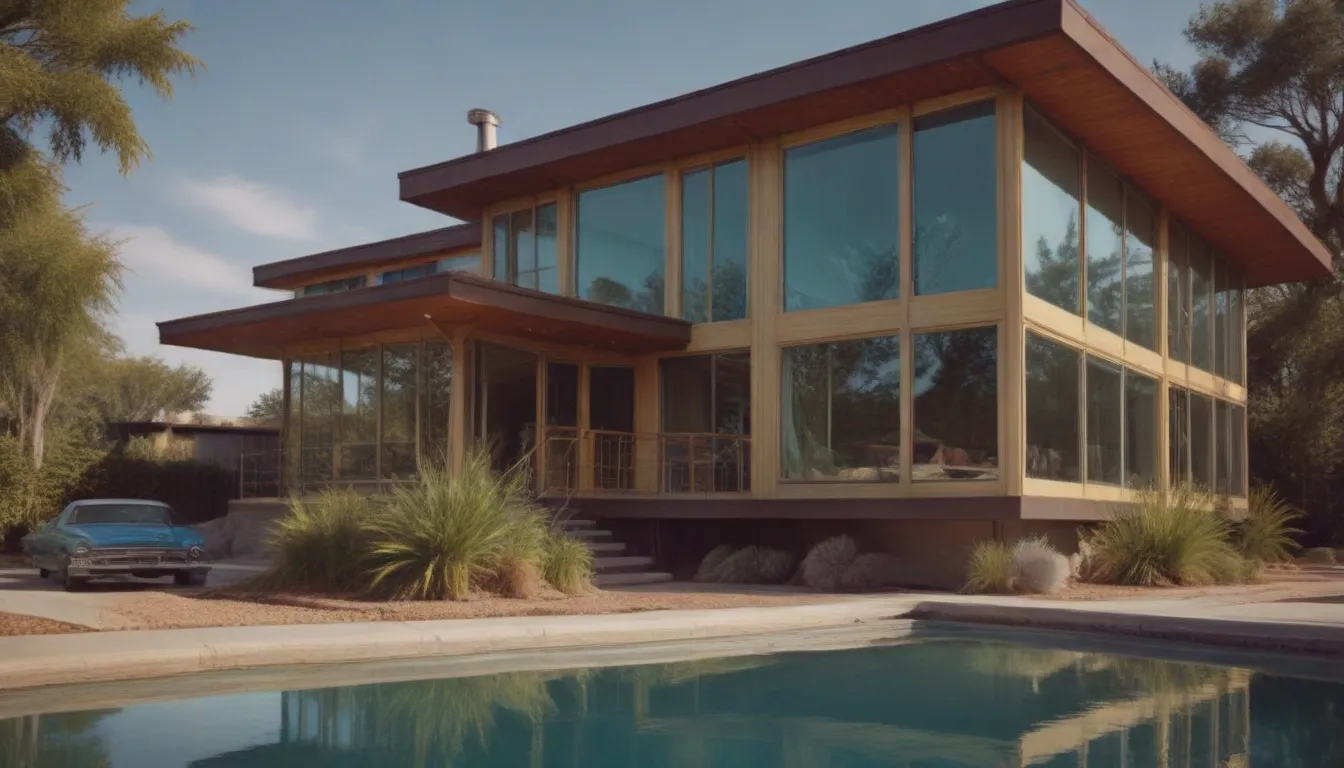
Are you a fan of sleek lines, minimalistic design, and a seamless connection with nature? If so, you may be drawn to the timeless appeal of midcentury modern architecture. This iconic American style emerged post-World War II and continues to captivate homeowners and design enthusiasts alike. In this article, we will dive into the fascinating world of midcentury modern architecture, exploring its origins, key characteristics, and how to infuse this style into your own home.
The History Behind Midcentury Modern Architecture
Midcentury modern architecture is a true fusion of international influences, American prairie style homes, and the legacy of iconic designers. European architects fleeing Nazi Germany, such as Walter Gropius, Ludwig Mies van der Rohe, and Marcel Breuer, brought their innovative ideas to the United States, shaping the midcentury modern movement. Even Frank Lloyd Wright, a pioneer in modern architecture, played a significant role in training many midcentury modern architects.
After the tumultuous years of World War II, Americans sought a new way of living that prioritized family time, nature, and modern conveniences. Midcentury modern homes perfectly embodied these values, featuring expansive windows that brought the outdoors in, open floor plans for entertaining, and technological advancements that streamlined daily life. During its peak from 1945 to 1969, midcentury modern architecture evolved into three distinct styles: International, Contemporary, and Organic.
Key Characteristics of Midcentury Modern House Plans
While midcentury modern architecture encompasses a diverse range of styles, certain elements are consistent across most homes. Whether you’re exploring a midcentury gem or remodeling your current space, keep an eye out for these defining features:
– Clean Lines and Geometric Shapes
Straight lines and right angles are the hallmarks of midcentury modern design. From flat roofs to angular facades, this style exudes simplicity and sophistication.
– Floor-to-Ceiling Windows
Natural light and outdoor views take center stage in midcentury modern homes. Floor-to-ceiling windows, sliding glass doors, and seamless transitions between indoor and outdoor spaces create a sense of openness and connection with nature.
– Changes in Elevation
Many midcentury modern homes feature split-level designs, incorporating short staircases and varied elevations to add visual interest and depth to the interior.
– Minimal Decoration
Less is more in the world of midcentury modern design. Clean, uncluttered spaces with simple furnishings and a muted color palette define the aesthetic of this era.
– Access to the Outdoors
Embracing nature is a core value of midcentury modern architecture. Multiple access points to outdoor living spaces, including doors and windows, blur the boundaries between inside and outside.
Exploring Midcentury Modern Homes Across America
While midcentury modern homes can be found in every corner of the United States, Palm Springs, California, stands out as a mecca of this architectural style. Renowned architects of the midcentury era, such as Richard Neutra and Albert Frey, left their mark on Palm Springs with iconic homes, hotels, and structures that continue to inspire today.
Whether you’re drawn to the retro charm of midcentury decor or the timeless elegance of midcentury modern furniture, there are endless opportunities to incorporate this style into your own space. From the classic Eames Fiberglass Side Chair to the sleek Barcelona Chair by Ludwig Mies van der Rohe, midcentury modern pieces add a touch of sophistication and nostalgia to any interior.
In conclusion, midcentury modern architecture remains a lasting testament to the innovative spirit and timeless appeal of postwar America. By embracing clean lines, minimalist design, and a connection to nature, this iconic style continues to inspire homeowners and designers around the world. Whether you’re exploring a midcentury gem in Palm Springs or infusing your space with midcentury modern decor, you’re sure to experience the enduring beauty and charm of this architectural classic.
